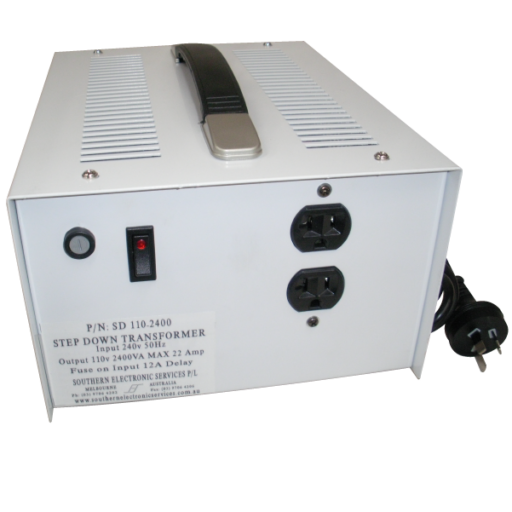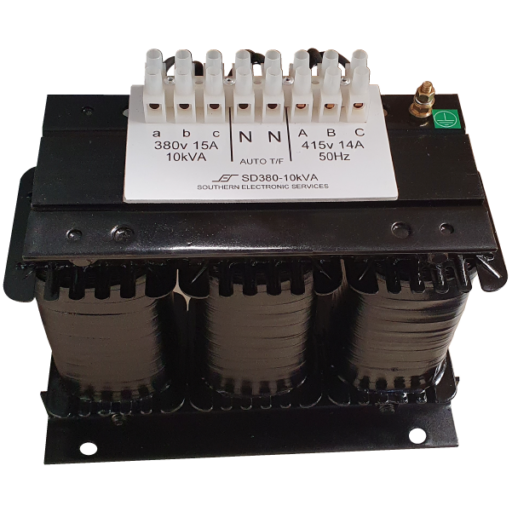A power transformer is an electrical device that transfers electrical power from one circuit to another through inductive coupling.
The power is stepped up or stepped down, depending on the application of the transformer.
In this post, we will talk about the different types of power transformers, possible use cases, features, and benefits.
What Is a Power Transformer?
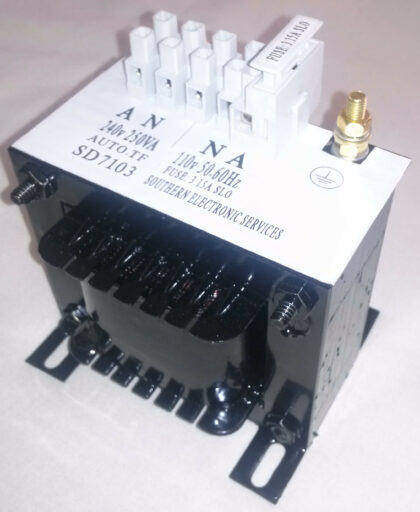
A power transformer is a type of electrical power conversion device. It transfers power from one circuit to another at different voltage levels using inductive coupling.
Power transformers are an important part of power distribution and transmission system, as it helps to step up or step down the electrical power as needed.
Typically, power transformers range from voltages of about 33kV to 400kV and have a rating of over 200 MVA. There are different voltage ratings, for power transformers, some of the most common ratings on the market include: 400 kV, 200 kV, 110 kV, 66 kV, and 33kV
How Do Power Transformers Work?
Power transformers function by increasing or decreasing voltage levels and power using a series of turns in its primary and secondary coils. This is known as mutual or electromagnetic induction.
Faraday’s Law of Electromagnetic Induction
Power transformers use Faraday’s law of electromagnetic induction, which states that when a coil is placed in a changing magnetic field, it induces an electromotive force (EMF).
For this law to work, alternating current flows through the power transformer’s primary coil, and the current flow induces a magnetic field around it. This varying magnetic field then combines with the power transformer’s secondary coil and induces an electromotive force, which boosts the flow of current in the secondary coil.
Types of Power Transformers
There are several ways to classify power transformers. One way is to its core and winding construction and arrangement. Based on this classification, there are a few types of power transformers:
1) Berry Type Transformers
A berry-type transformer is shaped like an asterisk or like the spokes of a wheel. These transformers often have more than two independent magnetic circuits. Metal sheets tanks are used for these power transformers, which hold the transformer oil inside.
2) Core-Type Transformers
A core-type transformer is made from separate primary and secondary circuits that share a common core. In this type of transformer, the primary and secondary transformer windings surround the core. The core is built by joining two L-shaped steel strips and stacking them on top of each other to form a layer. The strips are arranged in a way that eliminates continuous joints.
3) Shell-Type Transformers
In a shell-type transformer, unlike core or berry-type transformers, The core surrounds the primary and secondary coils. The car itself is designed and built by joining strips that are E-shaped and I-shaped and stacking them together to form a layer.
There are also other types of transformers which include:
4) Isolation transformers
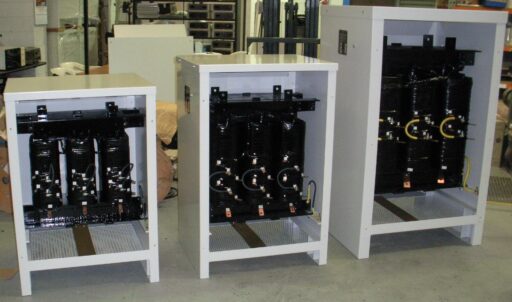
An isolation transformer is a power transformer that is used to couple two circuits together while electrically isolating them from each other. In an isolation transformer, the primary and secondary coils are equal.
This helps to separate and isolate the load from the power source while distributing alternating currents. Isolation transformers protect sensitive equipment from electrical noise, shock, power spikes or power surges, which can lead to damage.
5) Distribution transformers
A distribution transformer is a transformer that provides the last voltage transformation in power delivery to end users. This means that it converts voltage to a power level suitable for household and commercial use.
6) Step-down transformer
Step-down power transformers are designed to reduce the voltage and power of an input power source. These types of power transformers are used in power distribution systems where the power source is too powerful for the load.
Step-down power transformers reduce the voltage at the output and provide power to the load at a safe level. For example, a step-down transformer transforms high-voltage power into low-voltage power that is suitable for home appliances.
7) Step-up Transformers
A step-up transformer is designed to increase the power and voltage of a power source. These power transformers are used in power distribution systems where the power source is not strong enough for the load. Step-up power transformers increase the voltage of power supply and provide power to the load
8) Autotransformers
An autotransformer is a power transformer with only one winding. This power transformer operates by varying the voltage of the power supply to match it with the load.
This type of transformer doesn’t have isolation between primary and secondary windings which increases power loss and reduces power efficiency.
9) Single-phase transformers
A single-phase transformer has only one power input and two power outputs. These power transformers are widely used in power distribution systems for supplying power to low-power loads.
Single-phase power transformers are used in applications such as residential and light commercial power supplies.
10) Three-phase transformers
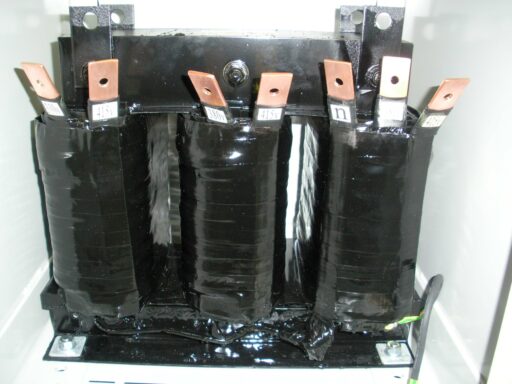
A three-phase transformer is a power transformer with three primary and secondary windings each. This power transformer is used in power distribution systems to supply power to higher power loads.
Three-phase power transformers are widely used in applications such as power plants, power grids and large industrial power supplies.
Uses Cases of Power Transformers
Power transformers are widely used for a wide range of power applications. Here are some popular use cases:
- Grid power distribution: Power transformers are used in power grids to distribute power from power plants to end users.
- Industrial power supply: Used to power industrial facilities such as factories, power plants and other large power users.
- Residential power supply: Transformers are used to power residential buildings and households.
- Power conversion: Transformers are also used to convert power from one power level to another, for example, from low-voltage power to high-voltage power.
Benefits of Power Transformers
Power transformers offer numerous benefits for power distribution and power conversion applications, including:
1) Energy efficiency:
Transformers are designed to be power efficient, which helps reduce power losses and save energy.
2) Increased power quality:
Transformers help improve power quality by providing power at a safe and consistent voltage level.
3) Improved safety:
Transformers provide electrical isolation between power sources and power loads, which helps increase safety.
4) Increased power capacity:
Transformers can increase the power capacity of power systems, which helps power more loads.
5) Cost savings:
Transformers are cost-effective power solutions and can help reduce power costs in power distribution systems.
Summary
In conclusion, transformers are essential power components in power systems. They can help reduce power losses and increase power quality to power loads. Transformers are available in different types, such as step-down and step-up power transformers, autotransformers, and more.
At Southern Electronics Services, we provide power transformer solutions to power companies, industrial facilities, and residential power systems. Our transformers are designed for maximum power efficiency and reliability. Contact us for transformer solutions today.
Next Post
The MCG never sounded so good
November 15, 2022Other News
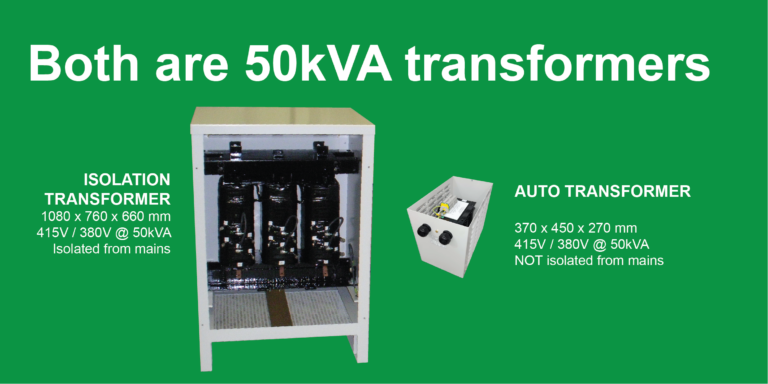
Isolation or auto transformer… Which is right for you?
5 Tips to Determine Whether You Need an Isolation Transformer or an Autotransformer Choosing the right transformer for your electrical system is crucial for efficiency, safety, and compliance. Many electricians and engineers often ask: When should I use an isolation transformer, and when is an autotransformer the right choice? To help you make an informed…

Electrical Contractors – Biggest hurdles
The 5 Biggest Challenges Electrical Contractors Face – And How SES Helps Solve Them – How good would it be to complete a job on time, under budget, the security of local support and service, backed by huge warranty periods? You’d be a hero, right? How much money is your company losing by not delivering…
